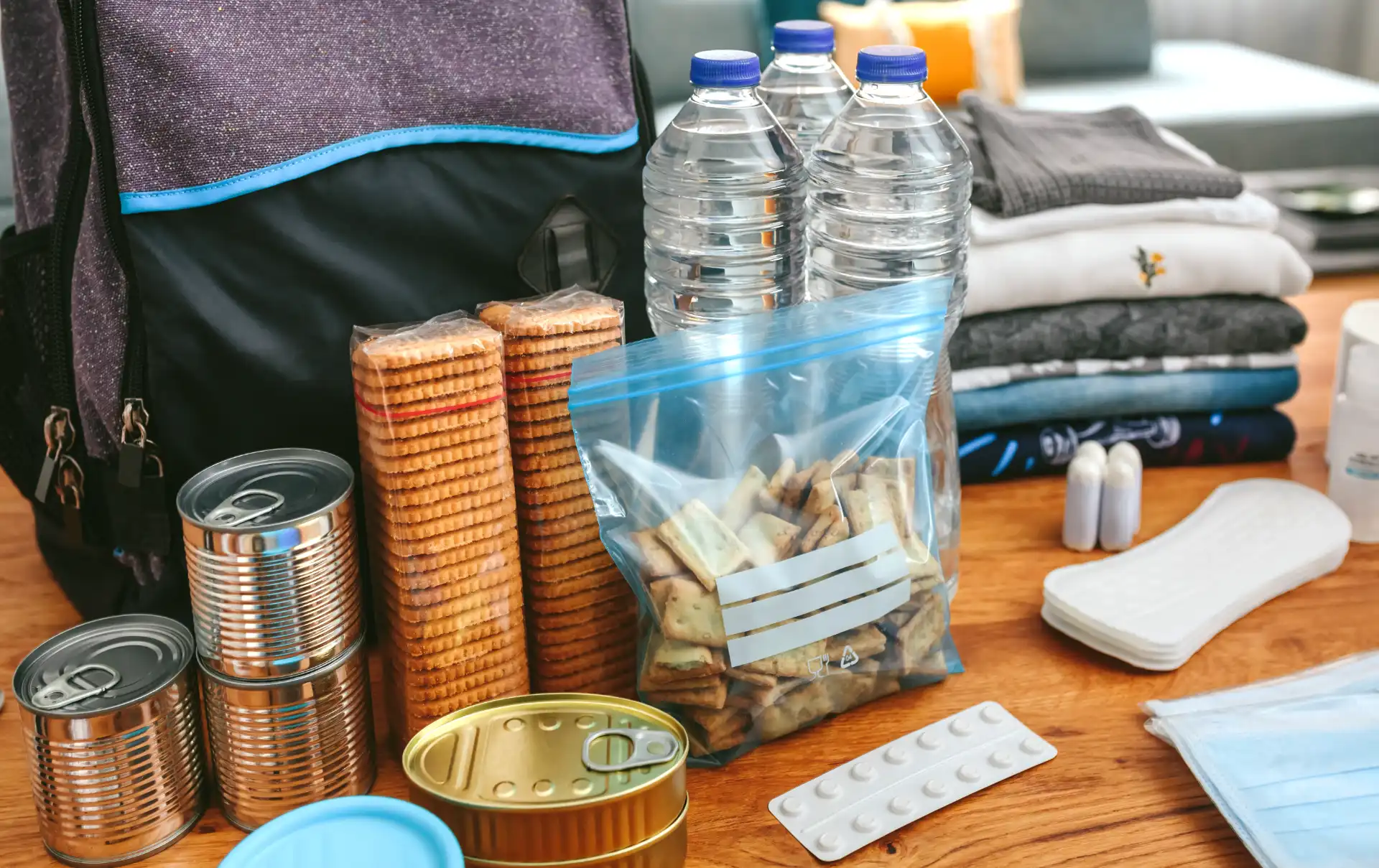Food and Water Security: 4 Prep Predictions for 2025
With droughts intensifying, supply chains shifting, and energy grids becoming more fragile, the year 2025 is bringing a new wave of challenges for preppers. At the heart of these concerns is one critical truth: food and water security is no longer optional—it’s urgent.
Whether you’re new to prepping or a seasoned survivalist, understanding the current trends can help you build a stronger, smarter foundation for long-term readiness. Below are the top four food and water prep predictions shaping the survival community in 2025.
1. Disrupted Food Supply Chains Will Change Storage Tactics
Food insecurity is on the rise due to geopolitical conflicts, severe weather patterns, and inflation. Farmers are producing less, transportation is strained, and the cost of essential items has skyrocketed.
As a result, more preppers are shifting toward long-term food storage kits with shelf lives of 15 to 25 years. The days of simply storing a few extra cans in the pantry are over. Instead, savvy preppers are stocking:
- Freeze-dried meals with full nutrient profiles
- Mylar-packed bulk goods like rice, oats, and beans
- Oxygen absorbers and food-safe buckets to prevent spoilage
Additionally, there’s a rise in rotation-ready shelves that help maintain inventory, ensure FIFO (first-in, first-out), and minimize waste.
👉 Read more: Long-Term Food Storage Guide
2. Preppers Are Becoming Water Architects
Water is more than a commodity—it’s a survival cornerstone. In 2025, the combination of drought conditions and infrastructure breakdowns has forced preppers to rethink water collection and purification methods.
Here’s what’s trending:
- Rain catchment systems using food-grade barrels and diverters
- Portable filtration devices like the Sawyer Mini and Berkey systems
- Water purification tabs and solar stills for off-grid reliability
Rural preppers are digging hand-pump wells or restoring unused ones, while urban dwellers are incorporating stackable storage cubes and bathtub bags (like the WaterBOB) for emergency reserves.
👉 Also check out: Top Water Purification Strategies for Preppers
3. Energy Independence Is Now Part of Food Planning
In 2025, power equals preservation. Without electricity, refrigeration fails—and with it, your food plan collapses. Preppers are investing in off-grid systems to maintain continuity during blackouts.
The most common energy solutions now tied to food and water security include:
- Solar generators to run freezers, fridges, and electric cookers
- Rocket stoves and solar ovens for grid-free cooking
- Battery banks connected to small panels for water pumps or LED grow lights
This energy awareness is pushing preppers to think not just about what they store, but how they’ll use it—and for how long—if the grid stays down for weeks or longer.
4. Urban Prepping Gets Smarter and More Tactical
Not everyone lives off-grid or in the countryside. A massive trend for 2025 is the rise of the urban prepper. City dwellers are innovating ways to create resilient food and water plans despite space constraints.
Some of the most creative tactics include:
- Vertical gardening systems on balconies or fire escapes
- Bucket hydroponics using LED lighting and nutrient packs
- Co-op water storage in apartment basements or shared rooftops
Urban prepping also emphasizes stealth: discrete food storage, concealed water sources, and strategic timing for resupply. It’s not just about survival—it’s about adaptation.
👉 Learn more in our Urban Prepping Fundamentals
Conclusion: Security Starts at the Source
Prepping in 2025 means more than hoarding—it’s about strategy. Food and water security requires long-term thinking, smart tools, and sometimes a complete shift in how you live day-to-day. The good news? With the right planning, every household can establish resilience—whether in the hills or the heart of the city.
✔️ Related reads to reinforce your strategy:
To stay hydrated. Stay nourished. Stay alive.
